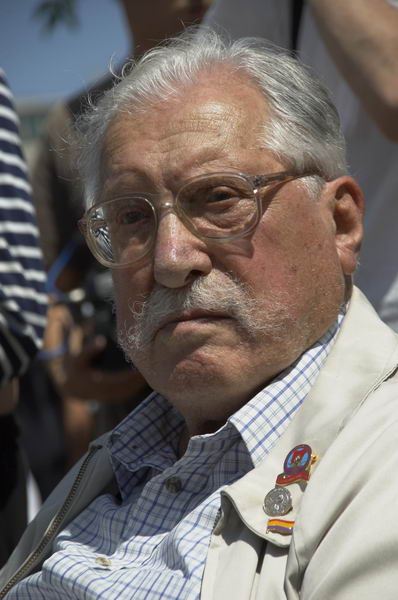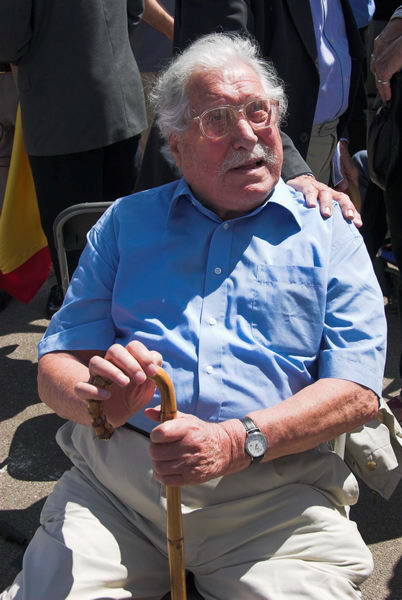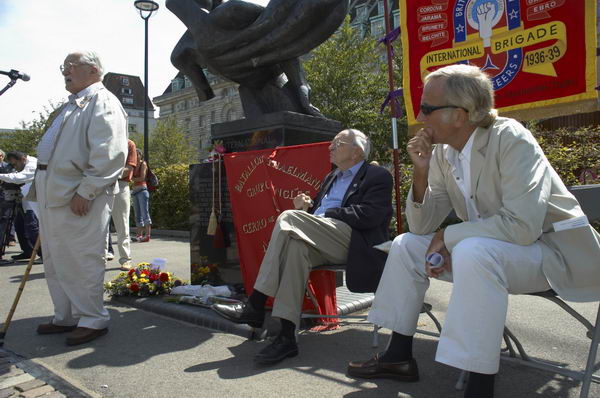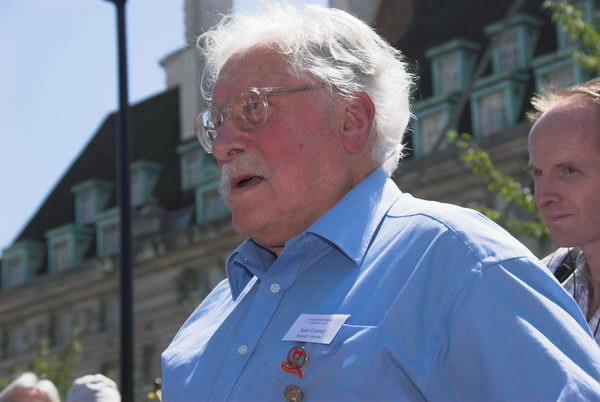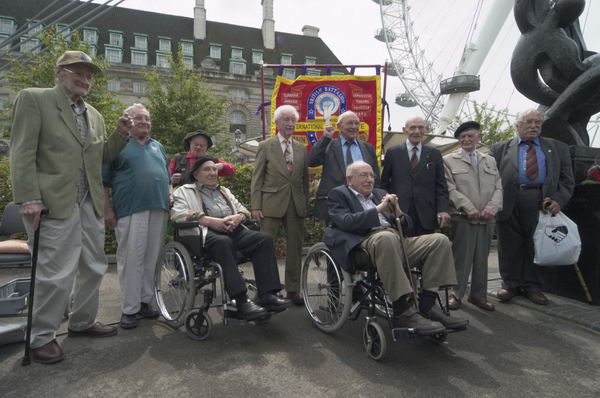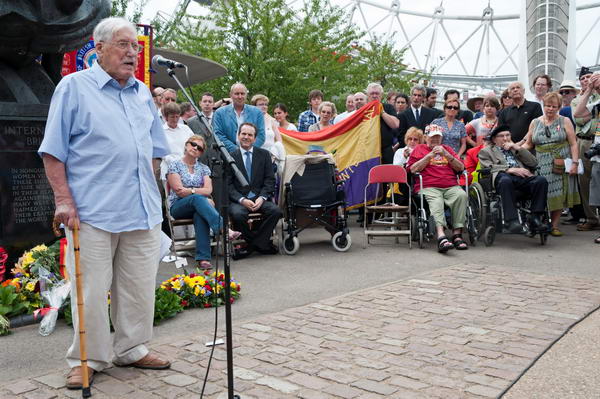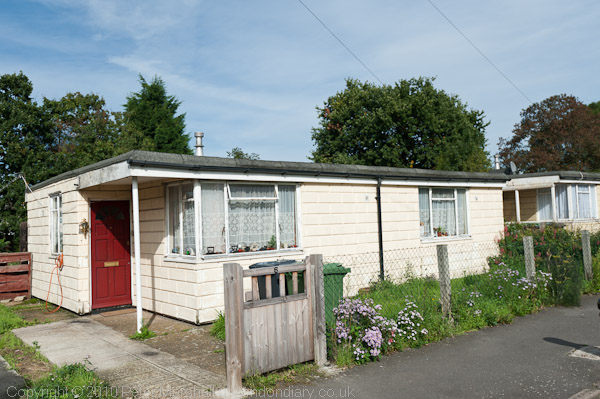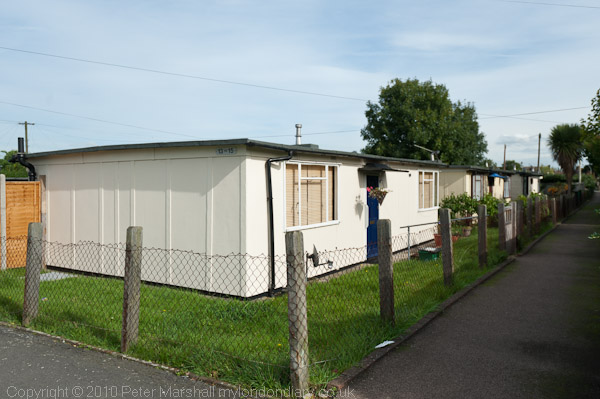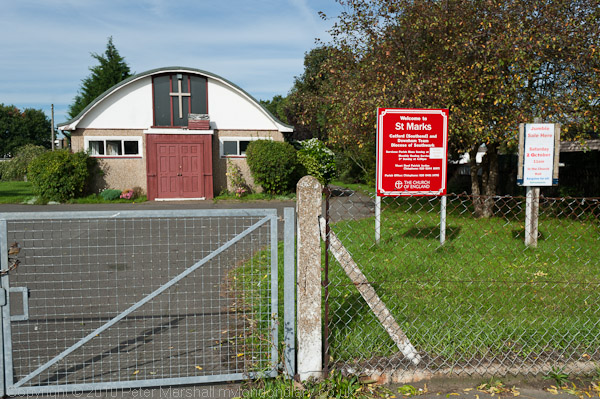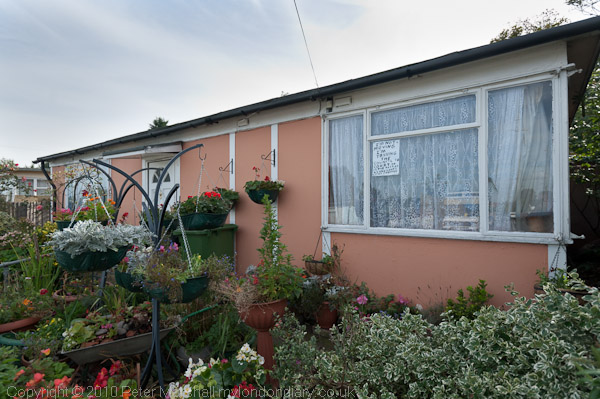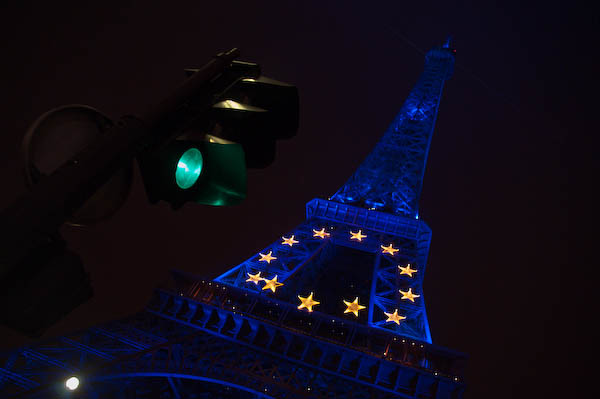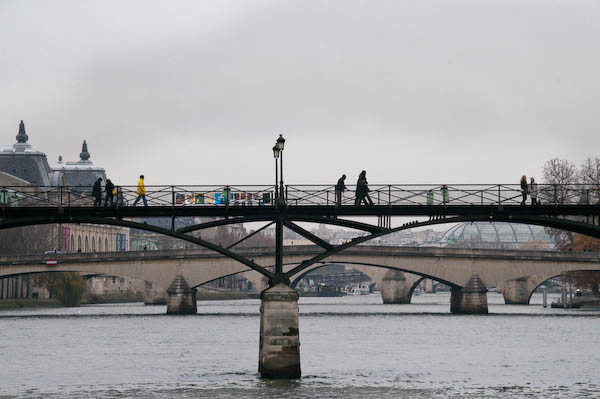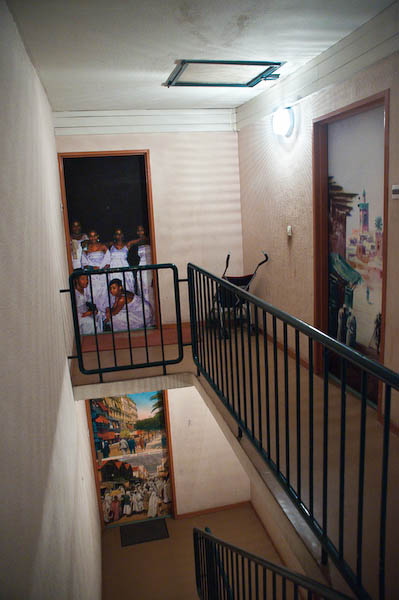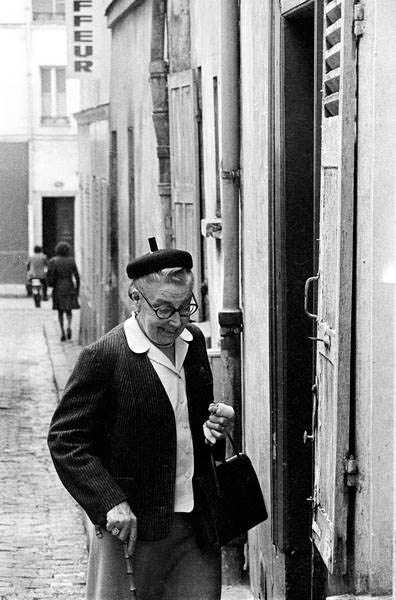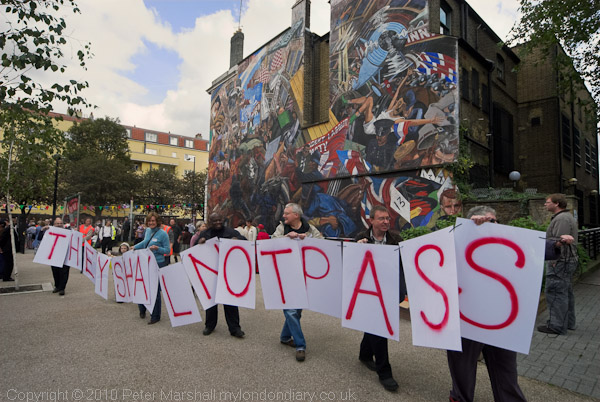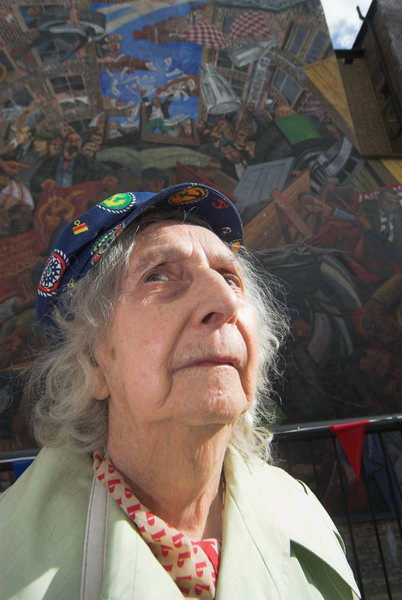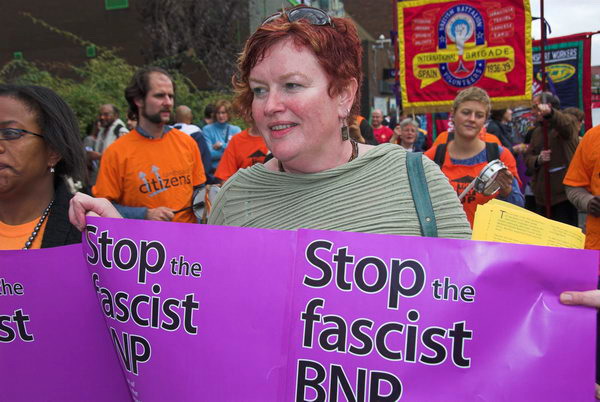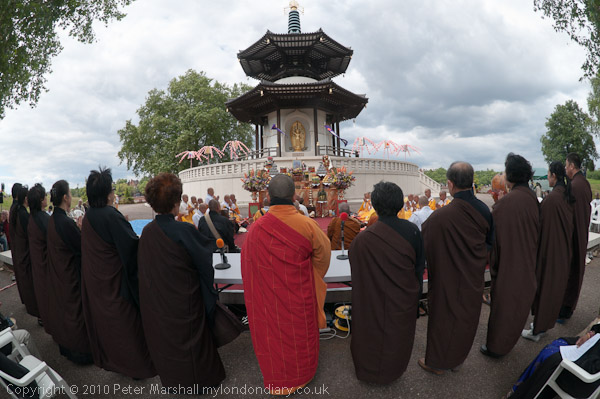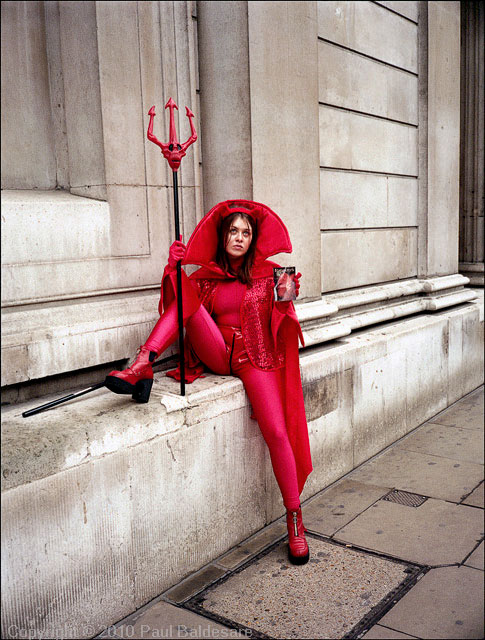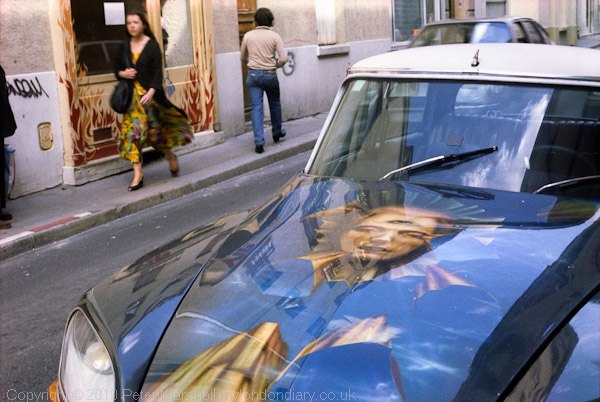Lost Steps is a radio series presented by Malcolm Hopkins and produced by Nick Hamilton for Resonance FM, a unique radio station broadcasting in south London on 104.4 FM as well as live on the web. You can also download the programmes a few days later as podcasts.
On its web site, Resonance FM says:
Imagine a radio station like no other. A radio station that makes public those artworks that have no place in traditional broadcasting. A radio station that is an archive of the new, the undiscovered, the forgotten, the impossible. That is an invisible gallery, a virtual arts centre whose location is at once local, global and timeless. And that is itself a work of art. Imagine a radio station that responds rapidly to new initiatives, has time to draw breath and reflect. A laboratory for experimentation, that by virtue of its uniqueness brings into being a new audience of listeners and creators. All this and more, Resonance104.4fm aims to make Londons airwaves available to the widest possible range of practitioners of contemporary art.
and it describes itself as the world’s first radio art station. It came out of the London Musicians’ Collective and has been broadcasting since May 1st 2002.
Lost Steps is a weekly radio show which explores aspects of London’s artistic and cultural landscape with guests including artists, writers, film makers, bloggers, academics and publishers. Among the people who have appeared on it are a number whose work I admire, including writer Stewart Home and, in the last programme of the previous series, the creator of the amazing cult fanzine, Savage Messiah, Laura Oldfield Ford.
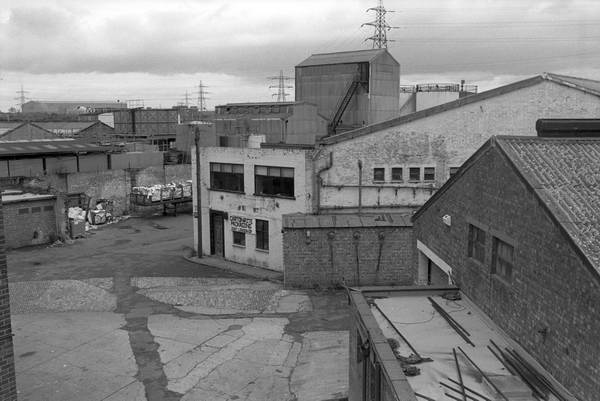
The Olympic Site at Stratford Marsh in 1990
I met producer Nick Hamilton at the London International Documentary Festival in April this year where I was showing the work which is now in my first two Blurb books, 89, a fictional walk through North London, and ‘Before the Olympics‘ and we talked briefly about the possibility of my appearing on the programme later in the year.
Then he met me again as he chanced to be passing when I was photographing the ‘Life 4 A Life‘ march last month and I agreed to go on the show as the first in a new series of Lost Steps. When he emailed me about the details I sent him a link to the photographs I had taken, one of which gave him something of a shock. One of the pictures included members of a family he had known a some years ago in Hackney and he discovered that their nineteen-year-old son, who had been friends with his children, had been murdered last year. The family had moved away to Eastbourne to get away from the violence and gang culture in London.
I spent an enjoyable afternoon talking with Malcolm and Nick last Friday about my photography of London – including the kind of work which is on my Buildings of London, River Lea, London’s Industrial Heritage and My London Diary web sites, and the first half hour while we were in the recording studio can be heard this Thursday, 14 Oct 2010, at 10.30 pm and is repeated on Saturday 16th October at 6.30pm. It should also be on the website from Sunday 17th October.
Perhaps fortunately the next couple of hours of our conversation around the corner at the Kings Arms in Newcomen St, interesting though it was, will not be broadcast!
